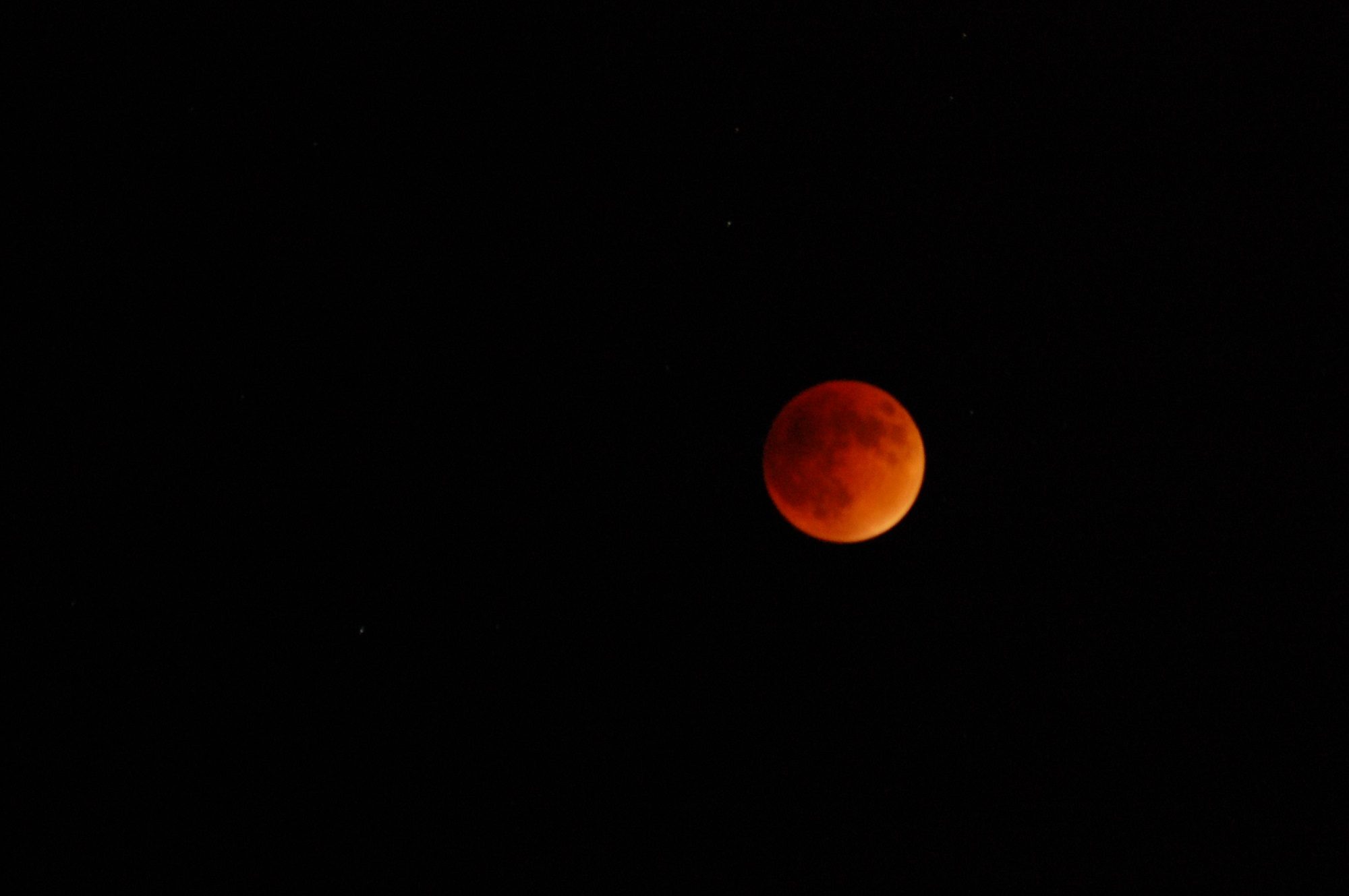Abstract
Spectral remote-sensing indices based on visible, NIR, and SWIR wavelengths are useful in predicting spatial patterns of bare soil. However, identifying an effective combination of informative wavelengths or spectral indices for mapping bare soil in a complex urban/agricultural region is still a challenge. In this study, we developed a new bare-soil index, the Hyperspectral Bare Soil Index (HBSI), to improve the accuracy of bare-soil remote-sensing mapping. We tested the HBSI using the high-spectral-resolution AVIRIS-NG and Sentinel-2 multispectral images. We applied an ensemble modeling approach, consisting of random forest (RF) and support vector machine (SVM), to classify bare soil. We found that the HBSI outperformed other existing bare-soil indices with over 91% accuracy for Sentinel-2 and AVIRIS-NG. Furthermore, the combination of the HBSI and the normalized difference vegetation index (NDVI) showed a better performance in bare-soil classification, with >92% accuracy for Sentinel-2 and >97% accuracy for AVIRIS-NG images. Also, the RF-SVM ensemble surpassed the performance of the individual models. The novelty of HBSI is due to its development, since it utilizes the blue band in addition to the NIR and SWIR2 bands from the high-spectral-resolution data from AVIRIS-NG to improve the accuracy of bare-soil mapping.
Keywords:
bare-soil index; hyperspectral bare soil index; soil mapping; urban–agricultural complex
Citation: Salas, E.A.L.; Kumaran, S.S. Hyperspectral Bare Soil Index (HBSI): Mapping Soil Using an Ensemble of Spectral Indices in Machine Learning Environment. Land 2023, 12, 1375. https://doi.org/10.3390/land12071375
Download the PDF or visit the HTML page
